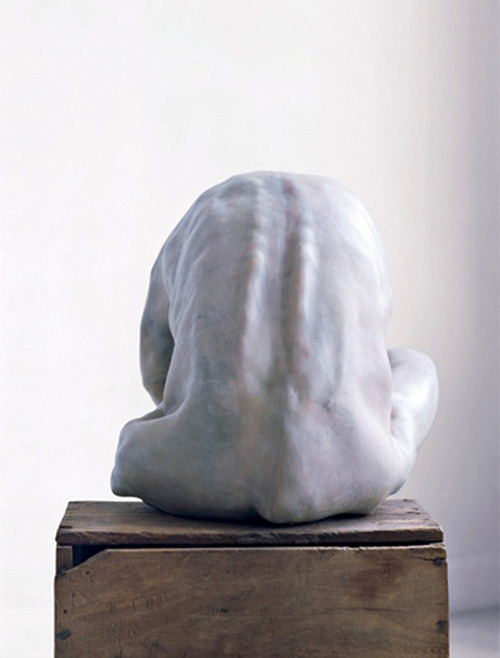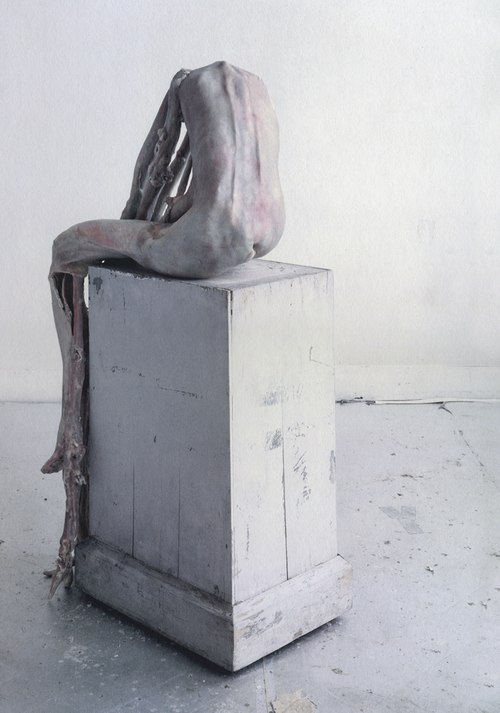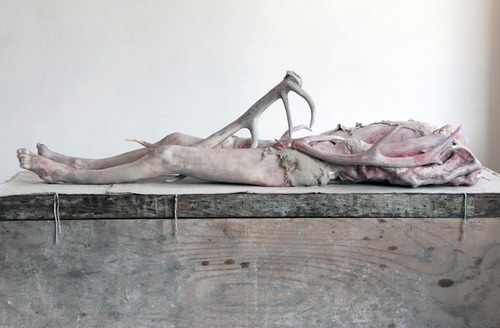b
Berlinde De Bruyckere: “We Are All Flesh”
These disturbing and uncannily lifelike sculptures by Belgian artist Berlinde De Bruyckere are incredibly visceral and eerie. The repulsion instinctively triggered in the viewer comes from their verisimilitude, and the sense of reality of this nameless, grotesque, distorted, half-human, seemingly fluid flesh; combined with their beauty, the delicate, subtle mottling of colors, the pure realistic visceral “fleshiness” of the works, and their technical grace.


